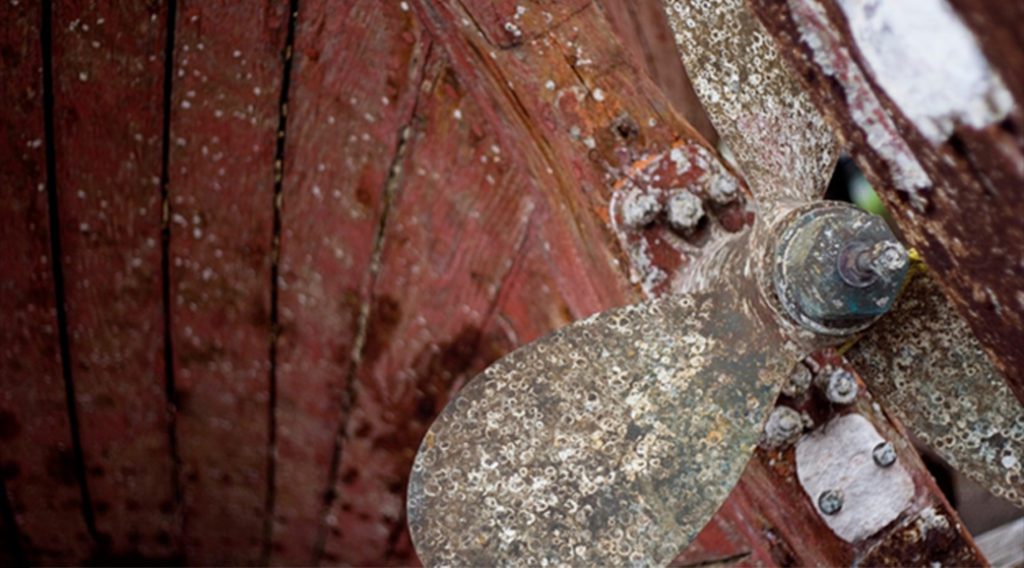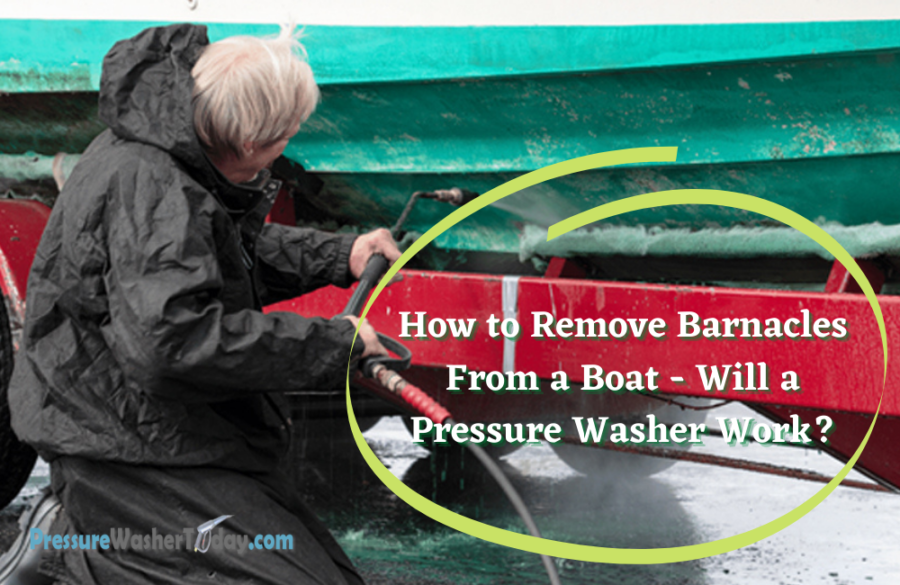Table of Contents
Do You Have A Boat?
If you answered yes, you know that barnacles are one of the biggest nuisances when owning a boat. They make your boat look ugly, but they can also slow it down and make it difficult to manoeuvre.
But don’t worry, there is a solution! A pressure washer is an excellent way to remove barnacles from your boat – and it’s much easier than you might think. In just a few minutes, your boat will be back to its old self. Keep reading to find out how to remove barnacles from a boat with a pressure washer. But first, let’s start with the basics.
Barnacles are crustaceans, and they belong to the same family as crabs, lobsters, and shrimp. They have the name “crusty foulers” in the boating community due to their habit of attaching to the bottom of boats.
What Are Barnacles, And How Do They Become Attached To Your Boat?
They can stick to the bottom of a boat or any structure by secreting a quick-curing cement with impressive strength. Scientists are working to find ways to utilize this secretion for commercial use because it is both natural and highly effective.
While the secretion that barnacles emit is so impressively strong, you can imagine how difficult these sticky tiny crustaceans can be to remove from the hull of a boat. But don’t fret; with the help of a pressure washer and a little bit of elbow grease, you can restore your boat to its original condition in no time.
Are Barnacles Bad For Your Boat?
Aside from cosmetic reasons, barnacles can also be bad for your boat in other ways.
First, they significantly increase drag. This means that your boat will have to work harder to move through the water, and you’ll notice a decrease in speed. Additionally, barnacles can also damage the paint on your boat and cause it to leak.
So, if you’re looking to keep your boat in tip-top shape, it’s essential to remove barnacles as soon as you see them. Pressure washing is an effective and easy way to do this.
How Do You Clean Barnacles Off a Boat?
Now that we’ve answered the question, “what are barnacles?” it’s time to move on to the next logical question: how do you clean them off your boat?
Fortunately, there are a few different ways to remove barnacles from your boat. But in our opinion, pressure washing is the best way to get the job done quickly and efficiently.
Here’s a step-by-step guide on how to pressure wash barnacles off your boat:
Method 1: Pressure Washer
- Fill a pressure washer tank with water and a detergent mixture.
- Set the pressure washer to a low setting and hold the nozzle about 6 inches away from the barnacles.
- Gently move the nozzle back and forth until the barnacles loosen.
- Once the barnacles are loose, increase the pressure and spray them away on at a time.
- Rinse the area with clean water to remove any residue.
Method 2: Remove Them Manually
- Fill a bucket with hot water and add a squirt of dish soap.
- Use a scrub brush to loosen the barnacles from the hull.
- Once the barnacles are loose, use a putty knife or similar tool to pry them off.
- Rinse the area with clean water to remove any residue.
As you can see, both methods are relatively simple and only require a few household supplies. So, whether you choose to pressure wash or remove them manually, you’ll be able to get the job done quickly and efficiently. We recommend the third method only for vessels that can’t be removed from the water easily because of their size.
Method 3: Underwater Cleaning
If you’re a certified scuba diver, this will be easier than it sounds. You can also do the process while snorkeling, but it will take more time. You can use both methods mentioned above while underwater cleaning. Yes, pressure will work underwater, but you will want to move closer than we mentioned earlier for obvious reasons.
Using a plunger on the bottom of the boat is a common way to keep yourself in place while working to clean the barnacles. While this method is much more intense, it is still effective but only recommended as a last resort option because the vessel is too large to remove from the water.
What to Do Next
Now that we know how to clean the barnacles off your boat, it’s important to cover what to do next and how to prevent the barnacles from coming back so you can spend more time reeling in fish rather than cleaning.
Barnacle Proofing Your Boat
Once you’ve removed the barnacles, it’s essential to give your boat a good wash with soap and water. This will remove any residue left behind and help prevent the barnacles from coming back.
After you’ve washed your boat, it’s a good idea to apply a coat of wax. This will create a barrier that will make it harder for barnacles to attach themselves to your boat.
Additionally, it would help to inspect your boat regularly for any signs of barnacles. If you see any starting to form, you can remove them before they have a chance to cause any damage.
By following these simple steps, you can keep your boat looking great and prevent barnacles from causing any damage.
Dangers Of Not Removing Barnacles
Barnacles can cause extensive damage to your boat if they’re not removed promptly. They can make your boat look unsightly, but they can also affect its performance. If you have barnacles on your boat, it’s crucial to remove them as soon as possible.
The longer you wait, the more damage they will cause. Barnacles can cause your boat to become less fuel-efficient and reduce its speed. Additionally, if barnacles are left unchecked, they can eventually cause holes in your hull.
Final Thoughts

The bottom line is that barnacles can be a severe problem for your boat if they’re not removed. However, with a little elbow grease and the right supplies, you can quickly get rid of them. Just be sure to take the necessary steps to prevent them from returning.
Do you have any tips on how to remove barnacles? Let us know in the comments below!
Author Bio
My name is Tyler Brady, the founder of A Fellow Fisherman. I am a USCG Licensed Captain and one who enjoys fishing, whether it is in the surf, creeks, rivers, or the Chesapeake Bay where I grew up.

